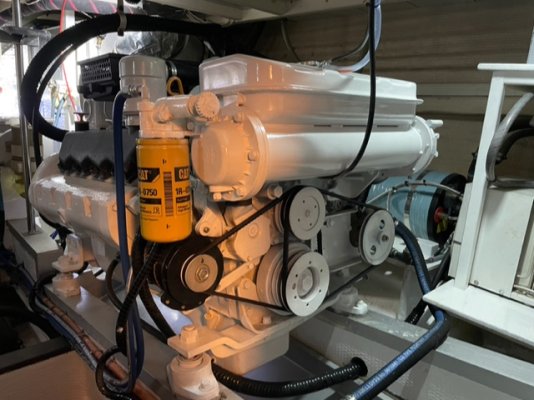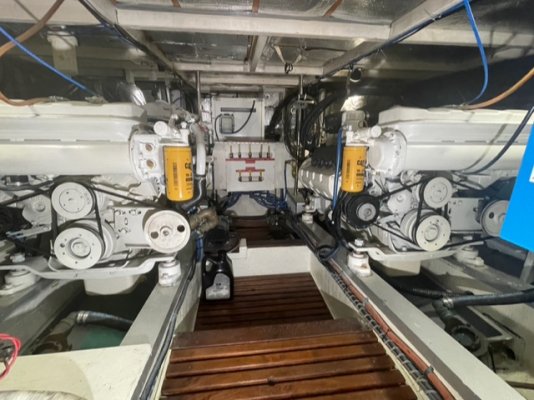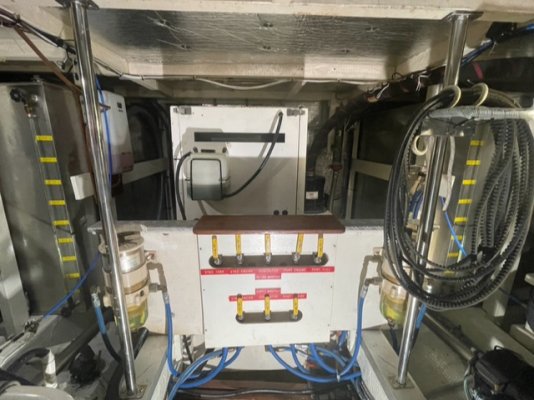Kit_L
Guru
- Joined
- Mar 12, 2016
- Messages
- 533
- Location
- Australia
- Vessel Name
- Suu Kyi
- Vessel Make
- Custom 40' catamaran

Grand Banks 46 Classic: Power Boats | Boats Online for Sale | Fibreglass/grp | Victoria (Vic) - Melbourne Region St Kilda
This is a 1993 Grand Banks 46 Classic of exceptional quality. Owner says 'sell' ! Incredible value in this long
My big question is, what are these like offshore in relatively rough or confused seas? This is not stabilised, and I have never had a semi-planing hull before. An aside: the term "semi-displacement" has become so common in trawlers that can cruise at 12kn, but is 'semi-planing' a bit more accurate?
My wife likes the idea of being able to "zip" from one harbour to another (typically here 75nm), but she gets seasick. The last three times I have been offshore we have left in 1.5–2m swells, but wind picked up, the swells got larger and a sea developed on top. Anyone who has cruised up and down the East coast of Australia will be familiar with this!
All comments, especially about offshore handling, will be gratefully received!
Last edited:





